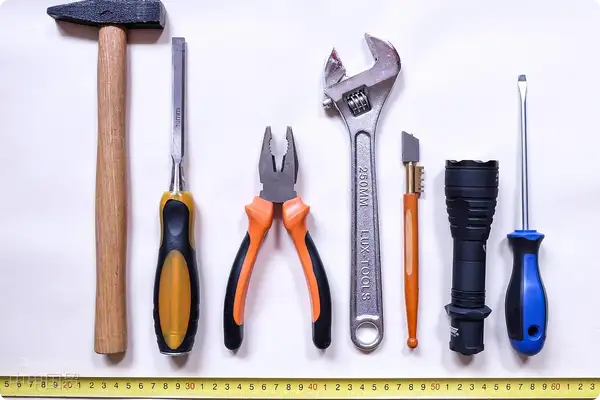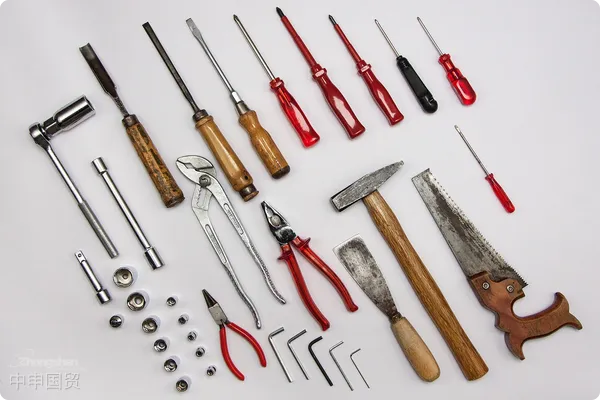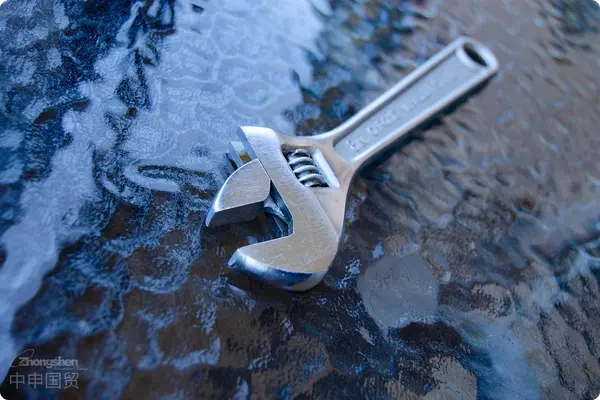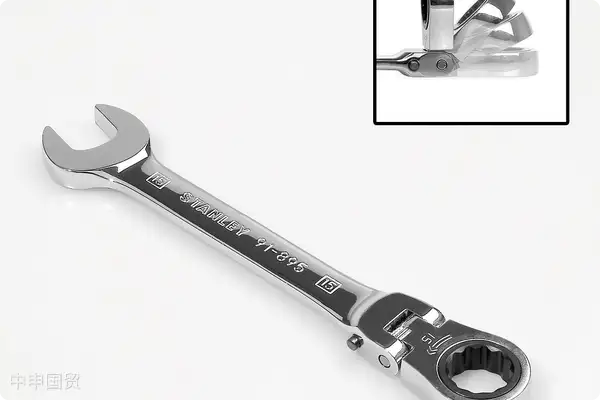- Shanghai Zhongshen International Trade Co., Ltd. - Two decades of trade agency expertise.
- Service Hotline: 139 1787 2118

Asforeign tradeservice expert with 20 years of industry experience, this article will systematically analyze the core points of clothingExport RepresentationAs a service company, we are well aware that document preparation is a core part of the export process, especially forHardware & Toolsproducts involving technical standards, anti - dumping risks, and customs compliance requirements. The completeness and accuracy of documents directly affect whether the goods can be cleared through customs smoothly. This article will break down the document preparation steps for hardware tools from a practical perspective to help enterprises avoid risks and improve customs clearance efficiency.for containers exported to the USI. List and Function Analysis of Core Documents for Export to the United States
Commercial Invoice
Packing List
- Complete names, addresses of the buyer and seller, EIN (US importer tax number):
- Detailed product description: It should include HS code (it is recommended to use the 8 - 10 - digit US HTS code), material (such as chromium - vanadium steel/carbon steel), purpose (such as industrial/domestic use), unit price and total price
- Trade terms (FOB/CIF, etc.) and currency type
- Mark Country of Origin: China (It is necessary to clarify the place of origin due to the impact of US 301 tariffs)
- Special requirements:
- If the tool contains electrical components, the voltage standard (110V/220V) should be indicated
- Technical Details
Bill of Lading
- List products by SKU, indicating gross weight/net weight (The US customs has a relatively high sampling ratio by weight):
- Packaging method (such as blister card packaging, anti - rust oil treatment, etc.)
- The container loading plan (CLP) should reflect the center - of - gravity position (essential for heavy - duty tools)
- Confirm whether the shipping company accepts wooden packaging when choosing a shipping company (ISPM15 marking is required)
Certificate of Origin (CO/Form A)
- Key operation points:
- Show CY - CY (Full Container Load transportation) or CFS (Less than Container Load terms)
- The bill of lading for arrival at a US port must show the AMS declaration number
- Certificate of Origin (CO/Form A)
4. It is recommended to verify through the following methods:Policy Applicability
- Ordinary CO certificate: Applicable to general trade without tariff preferences:
- Form A certificate: If an enterprise applies for GSP generalized system of preferences tariff reduction (It is necessary to confirm in advance whether the product is on the list)
- Types of Controlled Tools
Cargo Insurance
- Impact wrenches (HS 8467.81), hydraulic shears (HS 8431.49), etc. may be subject to ECCN code control:
- Electric tools containing lithium - ion batteries require UN38.3 certification documents
- Risk Control Suggestions
Product Inspection Certificate
- The recommended insurance premium loading rate is 110% (The demurrage risk at US ports is relatively high):
- The recommended insurance premium addition rate is 110% (the demurrage risk at US ports is relatively high).
- Special additional risks: War Risk (for routes via the Persian Gulf), Rust Risk (Maritime TransportationHigh incidence in tools category)
II. Full - process Breakdown of Document Preparation (Taking FOB Terms as an Example)
- U.S. market access requirements:
- FCC certification (tools with wireless remote control function)
- CPSC compliance certificate (manual tools need to pass the 16 CFR 1500 mechanical safety test)
- EPA emission certification (fuel-powered tools)
Stage 1: Preparation after Contract Signing (30 days before shipment)
Stage 2: Preparation after Production Completion (15 days before shipment)
- 獲取美國進口商IRS備案的EIN號碼
- Confirm the proof of tool material (such as EN ISO 6508 hardness test report)
- Apply for the CO certificate issued by the China Council for the Promotion of International Trade (CCPIT)
Stage 3: Preparation of Customs Declaration Documents (5 days before shipment)
- Take physical photos of the tools (including nameplate information) for record
- Make shipping marks: It should include the logo designated by the U.S. consignee (such as UL certification mark)
- Entrust a third - party inspection agency to conduct pre - shipment inspection (PSI)
Stage 4: Customs Clearance Auxiliary Documents (before arrival at the port)
Internationally - recognized Safety StandardsCommercial Invoice:
- Unit price statement: The prices stated are true and correct without any deduction,
- Add note: This shipment contains no solid wood packaging materials (if applicable)
Regional Mandatory CertificationsAMS申報:
- Submit 24 hours before shipment, including container number, seal number, and accurate cargo description
Cultural and Religious NormsISF 10+2申報:
- Importer Security Filing should include the manufacturers name, address, and HTSUS code
III. Key Points of Compliance Risk Prevention and Control
- Prepare Duty Drawback documents (if duty refund is applicable)
- Submit FDA device registration (such as measuring tools with laser devices)
Anti - dumping Response Strategies
Label Compliance
- Check the anti - dumping duty order for hardware tools announced by the U.S. Department of Commerce (such as the Certain Steel Nails case)
- 申請單獨稅率需提交Quantity & Value問卷
Key Points of Customs Inspection
- Permanent marking:
- Made in China (font height ≥ 1/16 inch)
- Safety warning signs (ANSI Z535.4 standard)
IV. Value Embodiment of Professional Agency Services
- Check whether the material composition is consistent with the declaration (the customs laboratory may conduct metallographic analysis)
- Intellectual property inspection (check whether the tools are printed with unauthorized brand logos)
Core Elements
Internationally - recognized Safety StandardsHS code classification service:
- Accurate distinction between power tools (8508/8467) and manual tools (8205)
- 美國HTSUS與中國HS的對應轉(zhuǎn)換
Regional Mandatory CertificationsLDP條款操作:
Act as an agent to handle DDP customs clearance at the U.S. port of destination and state tax declaration (states like CA/TX have additional sales tax)
Cultural and Religious NormsAEO資質(zhì)應用:
通過AEO認證企業(yè)享受美國C-TPAT快速通關待遇
Conclusion
The document management for hardware tools exported to the U.S. is a systematic project, involving multi - dimensional professional knowledge such as technical regulations, trade compliance, and tax planning. Selecting an agency service provider with U.S. customs filing qualifications (Customs Broker License) and familiarity with the characteristics of the hardware industry can effectively reduce the average customs clearance time (from the industry average of 7 days to 3 days) and avoid port detention costs caused by document problems (average daily cost of USD 200 - 500). It is recommended that export enterprises establish a standardized document verification checklist (Document Checklist) and achieve automatic verification of document data through the EDI system to improve the level of business compliance.
Related Recommendations
Category case
Contact Us
Email: service@sh-zhongshen.com
Related Recommendations
Contact via WeChat

? 2025. All Rights Reserved. 滬ICP備2023007705號-2  PSB Record: Shanghai No.31011502009912
PSB Record: Shanghai No.31011502009912









